Tana Toraja: Land Rich in Culture and Mystery Part 1
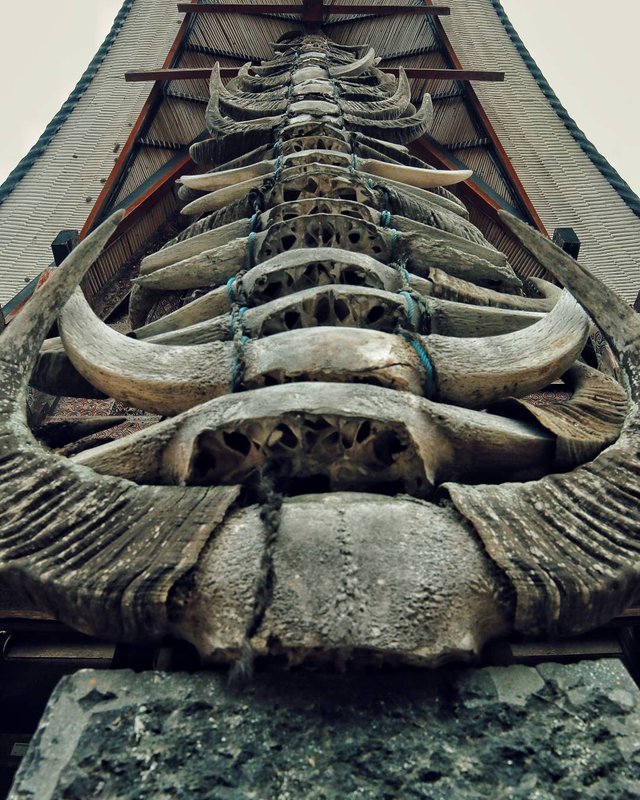
When I first set foot in Rantepao, North Toraja, I was captivated by its unique culture, the beliefs held by its people, and the distinctive rituals like Rambu Solo and Manene. Until now, I had only heard or seen them on the television screen. Witnessing them firsthand left me amazed, and I found myself wondering how the Toraja community has managed to preserve their ancestral customs through generations without being influenced by foreign cultures attempting to infiltrate.
It is said that Tana Toraja only became open and known to the outside world in the late 19th century when Dutch missionary Antonie Aris van de Loosdrecht endeavored to spread the Christian religion there
The Beliefs of the Toraja Community
The Toraja community is known to follow the belief of Aluk Tadolo. Despite the fact that a majority have embraced Christianity, their traditional customs have not disappeared. Islam has never truly taken root in Tana Toraja, even though Islamic kingdoms existed at its borderlands in the past.
Centuries of isolation have led the Toraja people to continue valuing their beliefs and way of life, even as some of them have converted to Christianity. This is also supported by the natural landscape surrounding them, with mountains and limestone hills make it completely Isolated.
Getting To Rantepao
To reach Rantepao, take a flight to Makassar, Indonesia. From Makassar, opt for a scenic drive or take a domestic flight to Palopo, followed by a 4-hour drive to Rantepao. Transportation costs vary but estimate around $100-150 for flights and $30-50 for the drive. Accommodation options range from budget guesthouses to upscale hotels, averaging $20-100 per night. While i currently stay at Makassar, It takes about 5-6 hours from Makassar for my journey to Rantepao in North Toraja by private vehicle. However, there are also buses from Terminal Daya that head to Rantepao. Alternatively, for more flexibility, you can opt to rent a car.
Where to Go?
The tourist spots I visited on my first trip to North Toraja were the Village and the burial site of Kete Kesu.
Kete Kesu
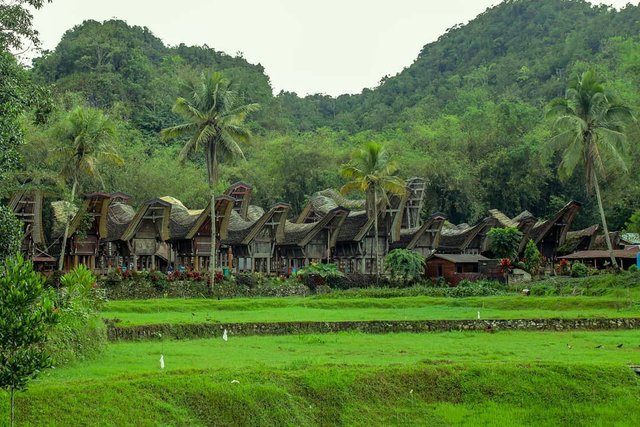
Kete Kesu' has existed for centuries. Here you will find numerous traditional tongkonan houses that are said to be over 300 years old. It's possible that this site is even older than that, with many menhir stones in the area. Vast green rice fields and open grasslands complete the scenery.
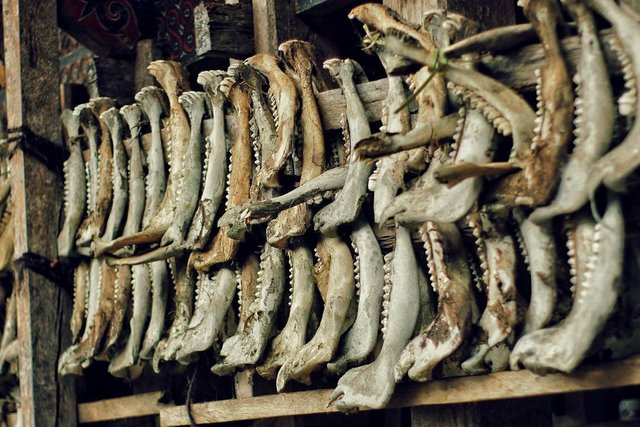
Tedong Bones, Tedong is Water buffalo it Price is high due to importance for Dead Ceremony
.jpg)
Not far from the Tongkonan, there is an ancient burial site atop the limestone hill. Many coffin-like structures resembling wooden boats are present, and you will come across numerous human skeletons here. Well, it's a bit eerie to see actual human skulls and not replicas.
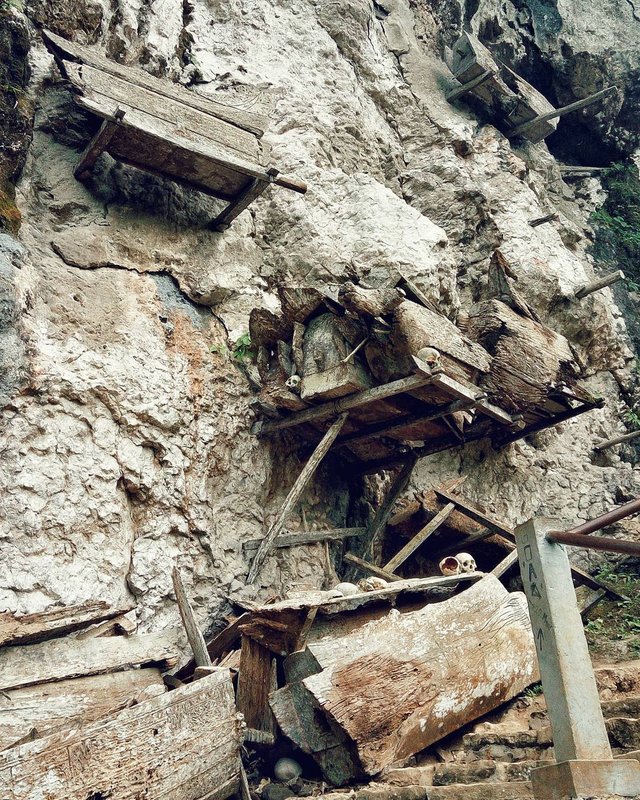
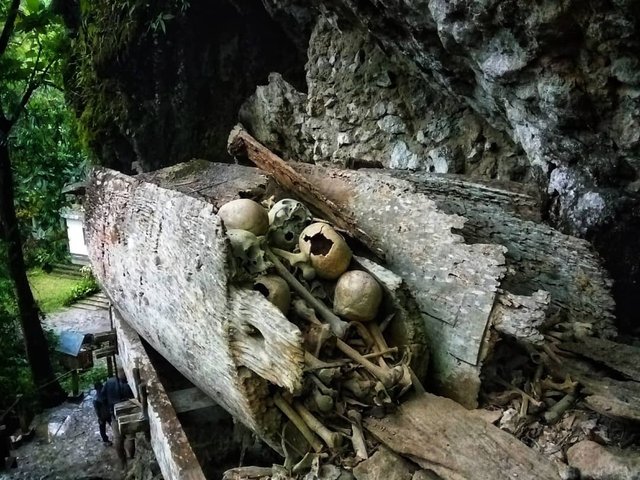
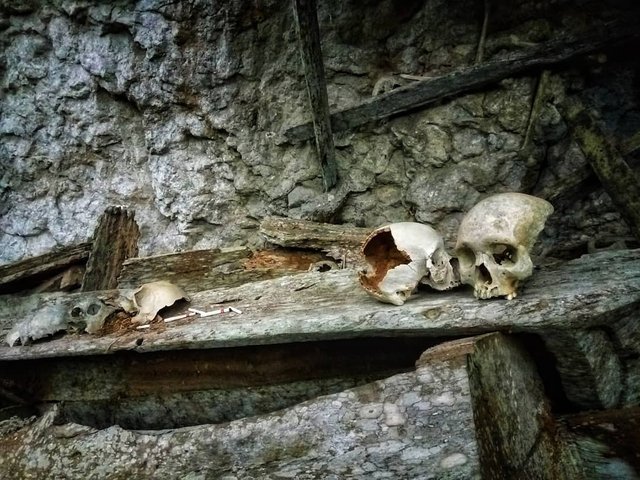
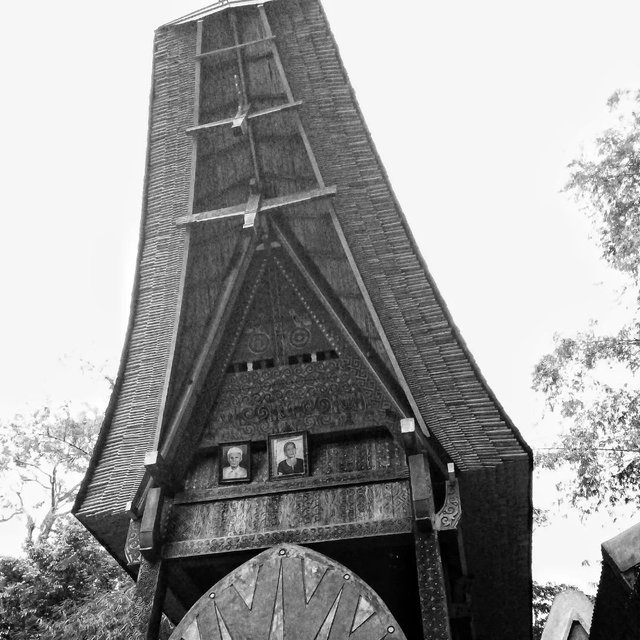
Burial place of People with Higher social status (Royalty)
Some holes on the hill are covered with iron fences. This is done to prevent the theft of the tau tau. These wooden dolls are crafted to resemble the faces of the deceased as closely as possible.
.jpg)
i Bet you're also captivated by the enchanting richness of culture and breathtaking landscapes that Tana Toraja. Share your thoughts by leaving a comment below let me know what your thinking. We will Continue our advanture in Tana Toraja For the Next Part. (R.O)